 Windows Updates bring in a slew of bug fixes, security patches, and occasionally, new features. It’s recommended to always keep your OS updated. Rarely, Windows updates can cause some data loss on your PC. This data loss can be attributed to an interrupted update process, compatibility issues, and more. If you noticed data corruption and deletion after installing a Windows 10 update, we’ve got you covered–simply follow the steps in our guide below.
Windows Updates bring in a slew of bug fixes, security patches, and occasionally, new features. It’s recommended to always keep your OS updated. Rarely, Windows updates can cause some data loss on your PC. This data loss can be attributed to an interrupted update process, compatibility issues, and more. If you noticed data corruption and deletion after installing a Windows 10 update, we’ve got you covered–simply follow the steps in our guide below.
Table of Contents
What Happens During an Update?
When you update Windows, the code structure of the operating system is changed. There have been updates in the past that create new routes for folders, change directories, or add and remove support for software programs. The reason for the code changes is normally to bring security updates, new features, or performance enhancements.
All of these things help make your machine run smoother and last longer. However, not every update goes well and you might have files missing after a Windows 10 update.
Can a Windows Update Delete Files?
Yes. Although rare, Windows Updates can directly or indirectly result in data loss. This can happen due to various reasons, some of which are explained below:
| Reason | Description |
| Buggy updates | It’s possible that the Windows 10 update itself was buggy, and consequently deleted some of your personal files. That’s why it’s best to wait for some reviews before installing a Windows Update. |
| Power outages | Some updates take forever to install, and it’s possible a power outage during the installation process resulted in data loss. |
| Compatibility issues | Windows runs on a wide range of systems with differing hardware. It’s simply not possible for Microsoft to create updates that run flawlessly on each of these systems. If the update is incompatible with your system configuration, it may result in some data loss/corruption. |
| Automatic installation of updates | Depending on how you’ve configured Windows Update, it may automatically install updates at a specific time, or when the PC is idle. If you left some apps open at this time, with unsaved projects open on them, the unsaved data will be lost. |
| Temporary user profile | As mentioned in this Microsoft Answers forum, a Windows Update can set aside your primary user profile and create a temporary one instead. This temporary user profile will not have any files from other user profiles, and any data you write to this profile will be deleted upon logging out. |
How to Recover Files Deleted After Windows Update
Most of the time, your files are still there. They may just not be visible to you or they may now be in a different location that isn’t where they used to be. The good news is that lost files after a Windows update can be recovered.
Method 1: Find Files Using Search
It’s possible the file you’re looking for wasn’t deleted but moved to another location. In this case, it’s best to perform a system-wide search for the file in Windows Explorer. If you have indexing turned on, the entire process should take only a few minutes at the most.
Here’s how to locate your file using Windows Explorer search:
Step 1. Open File Explorer on your Windows machine (Windows Key + E).
Step 2. On the left-hand side, click the This PC option to search through your computer.
Step 3. You can then use the top-right to search your computer for the name of the file or folder that you’re trying to find.
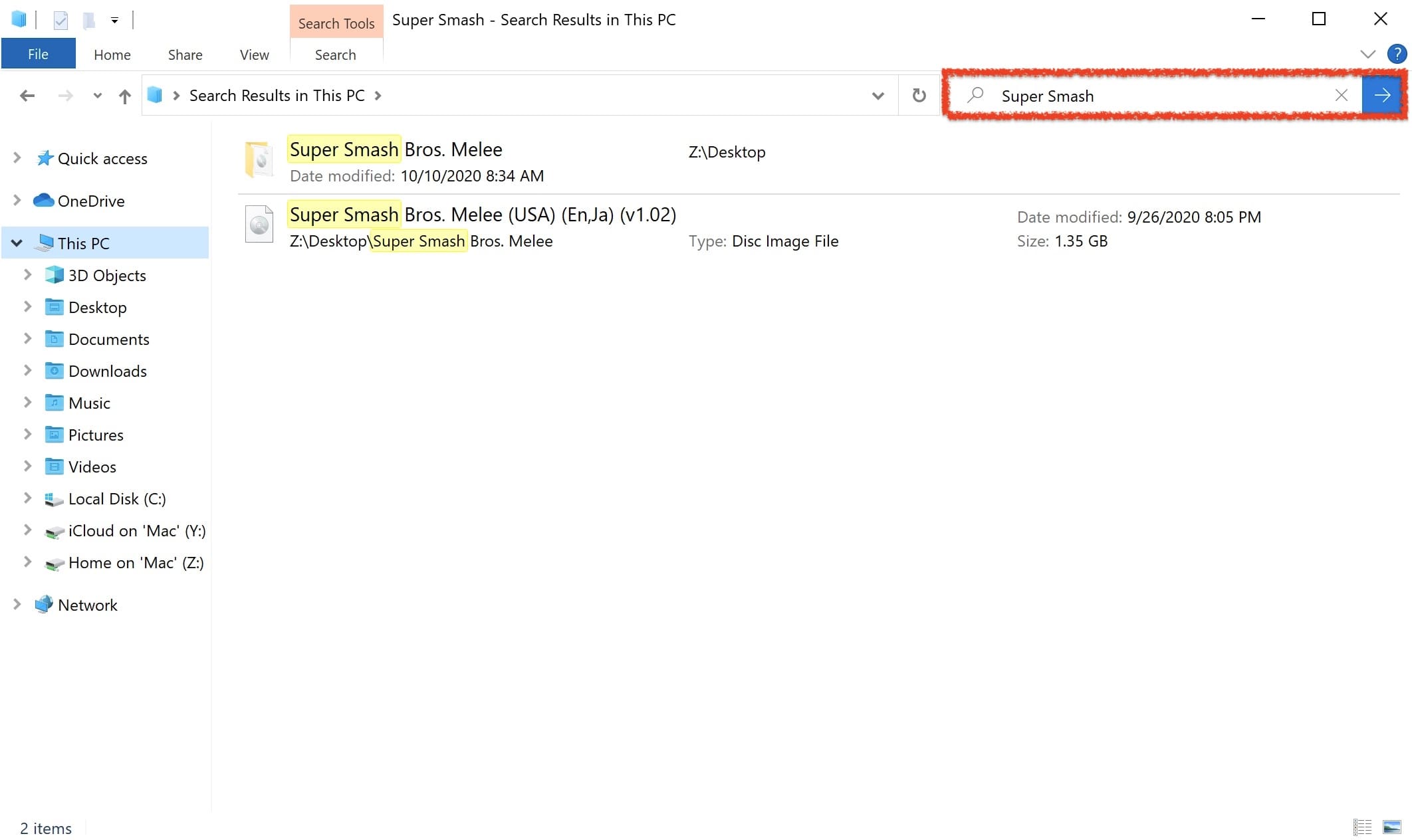
Most of the time, this will be all that you need to do if a file isn’t in the same place as before. If after doing this method you’re still not able to find the file, then we can move onto some other methods for recovering files after a Windows update.
Method 2: Recover Using Windows.old Folder
When you update Windows, there is a folder created that will store and hold the data from your previous version of Windows. You can use this folder to recover files if they’re lost or even roll back to the previous version of Windows 10.
Step 1. Launch File Explorer.
Step 2. On the left-hand side, click the This PC option.
Step 3. Click on the System (C:) drive. This is your main hard drive that Windows will use.
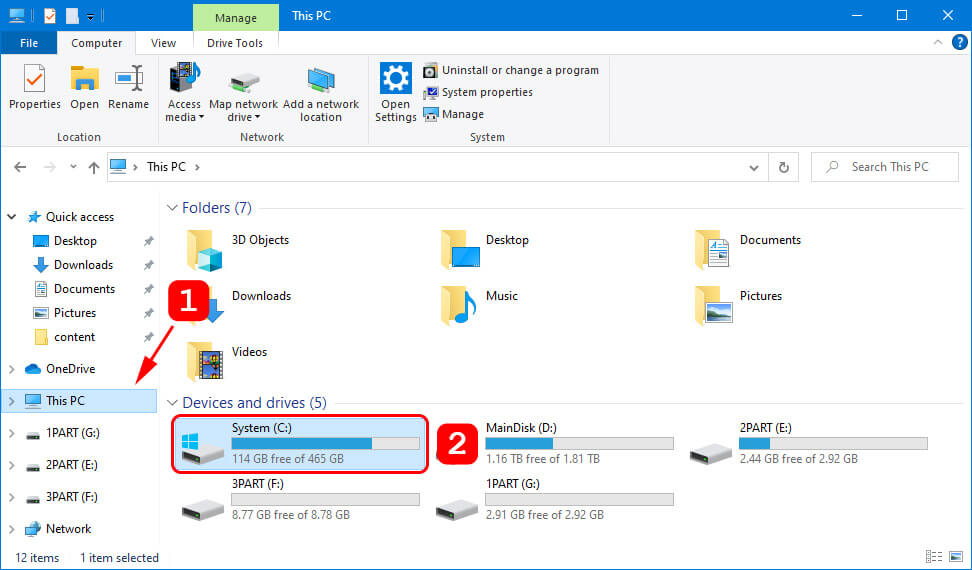
Step 4. Look for the Windows.old folder and your files should be located within the folder. You can find and put back any files that were lost during the update process by using this folder.
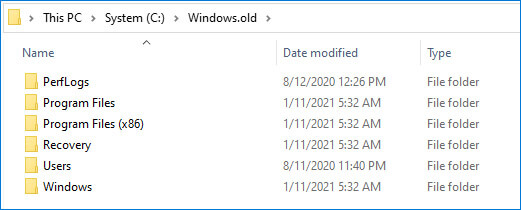
Method 3: Restore Files from a Windows Backup
Windows will back up your computer if you use an external hard drive or have a wireless backup device that your machine can access.
Recovering from a backup is easy and only takes a few steps. This is also a very stable way of ensuring that when you do decide to do a Windows Update, your data will be saved.
Step 1. Launch Settings > Update & Security > Backup.
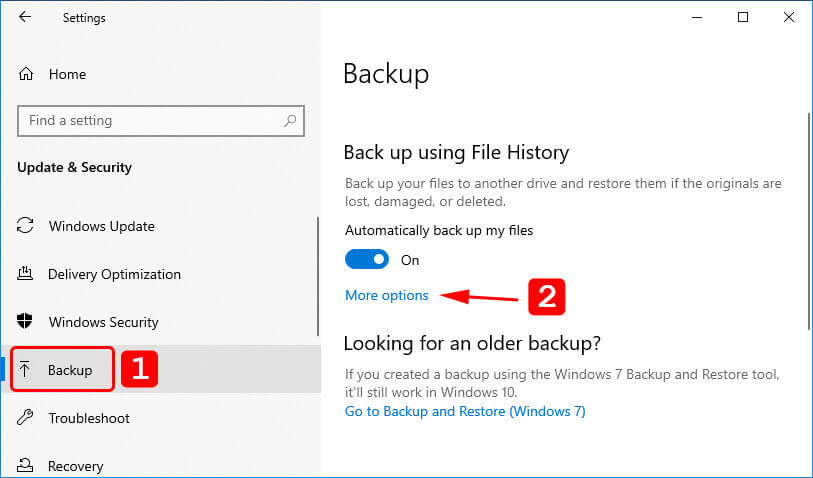
Step 2. Backups that you have created will appear here.
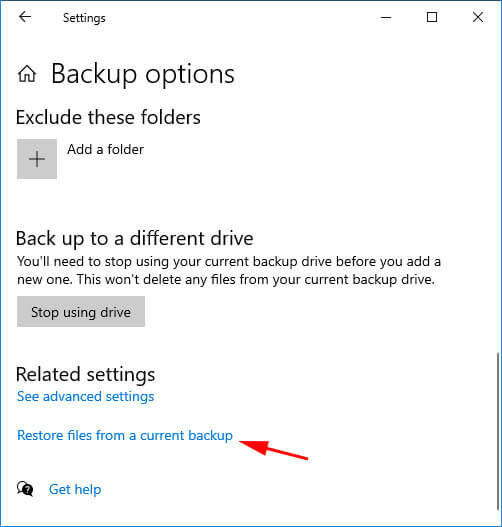
Step 3. You can select the backup that you would like to restore files from and search through it to find the files that you want.

Method 4: Recover Files Using Data Recovery Software
Disk Drill will allow you to recover files on your Windows machine. It works by scanning your computer and looking for files that can be recovered.
If you noticed that files are missing on your Windows machine after an update, it is best to stop using your computer as saving new information to it could overwrite the data that we’re trying to recover. If you can install and use Disk Drill on an external hard drive or thumb drive, this will increase your chances of being able to successfully recover the overwritten file.
Step 1 Download and install Disk Drill for your computer.
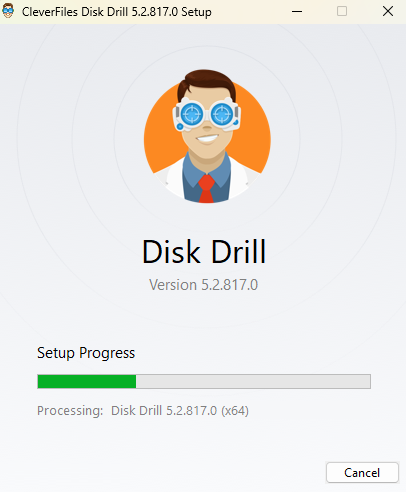 Step 2. Select your storage device to scan it for lost files after Windows update.
Step 2. Select your storage device to scan it for lost files after Windows update.
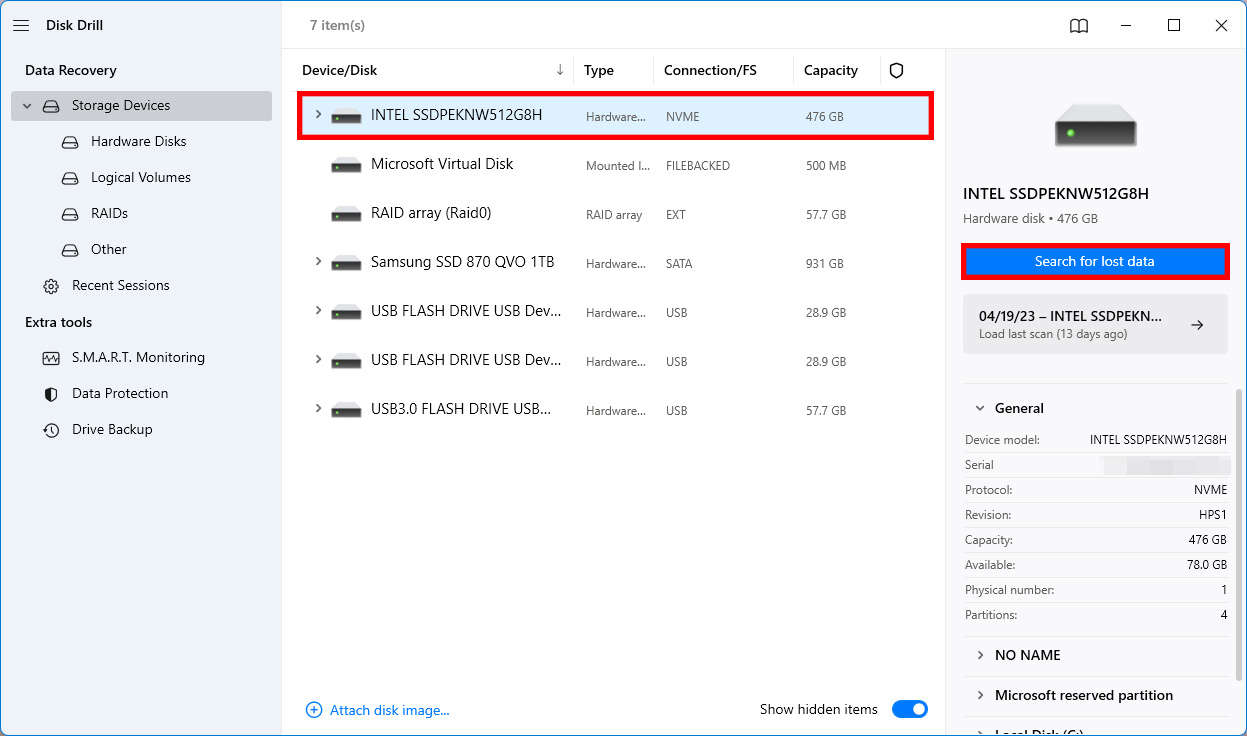
Step 3. Wait for the scan process to complete.
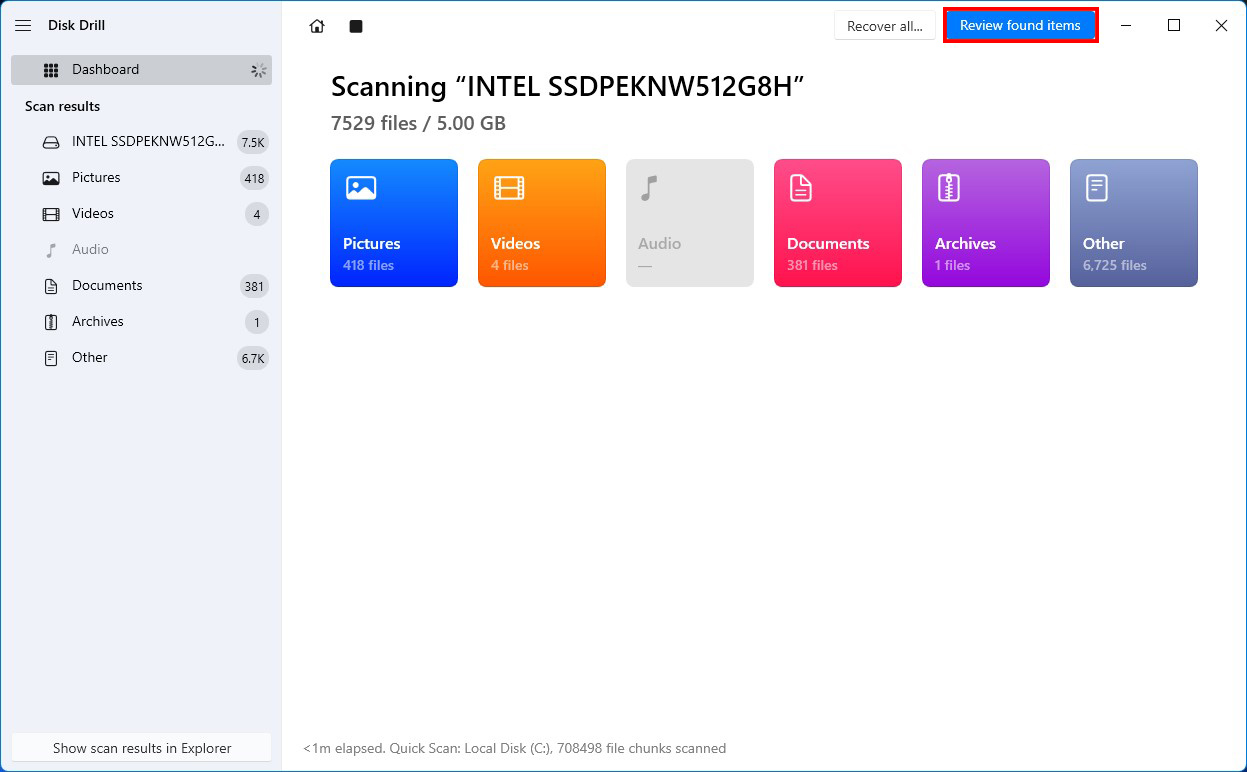
Step 4. Review the files that Disk Drill was able to find. You can then search for the deleted file or files that were lost during the Windows update.
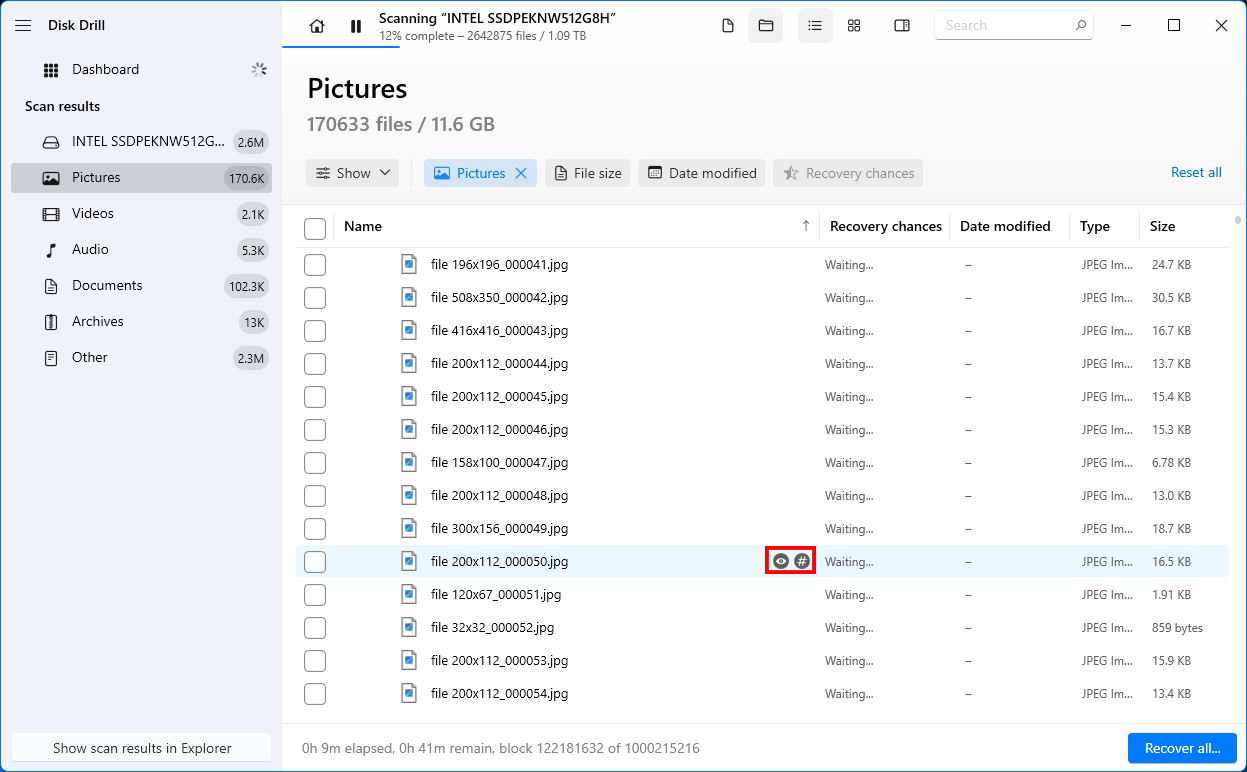
Step 5. After finding the files that you would like to recover, checkmark the blue box and then click on Recover.
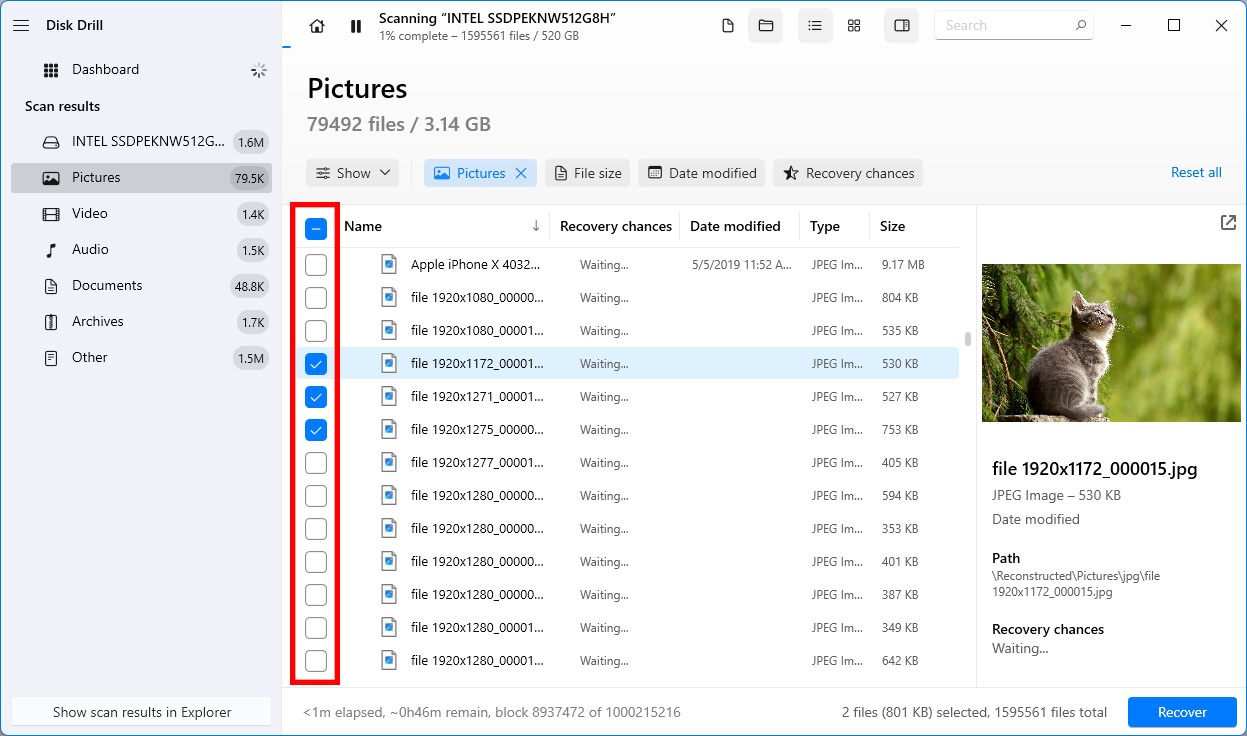
Step 3. 6Lastly, you need to choose a location for the lost files to be recovered to.
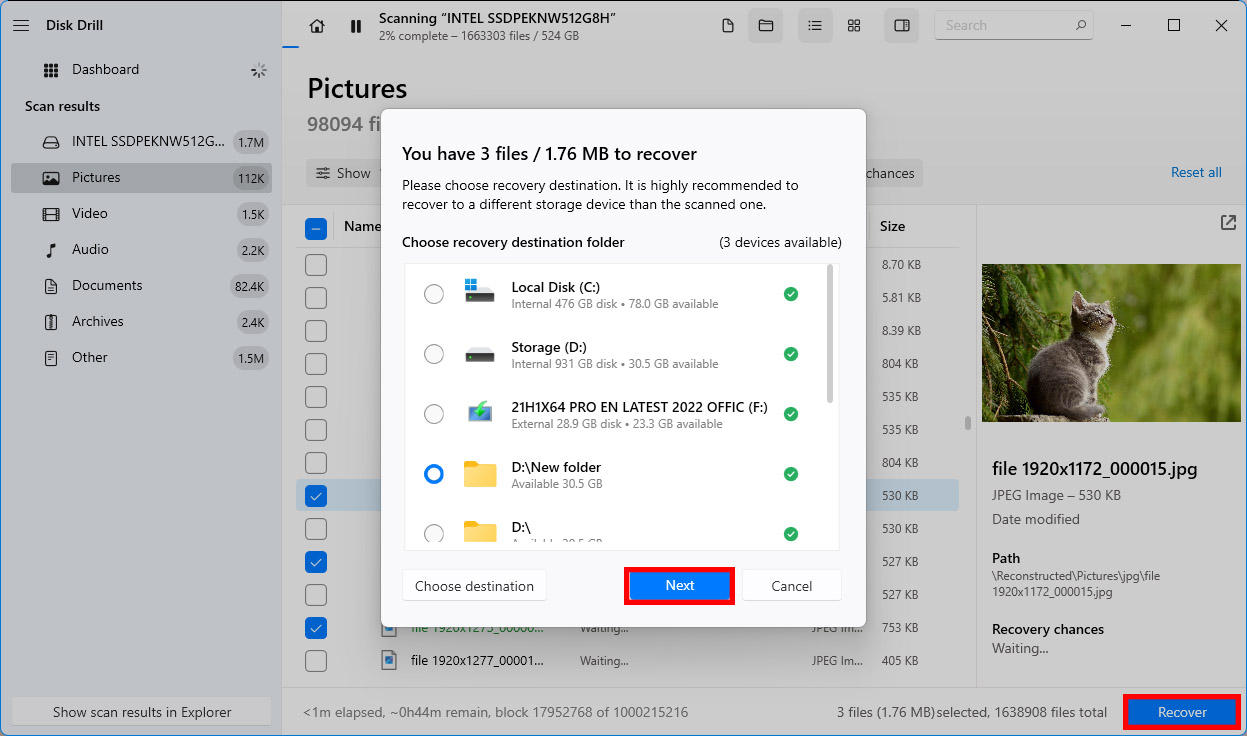
Step 7. You will then receive a confirmation letting you know that the recovery was a success!
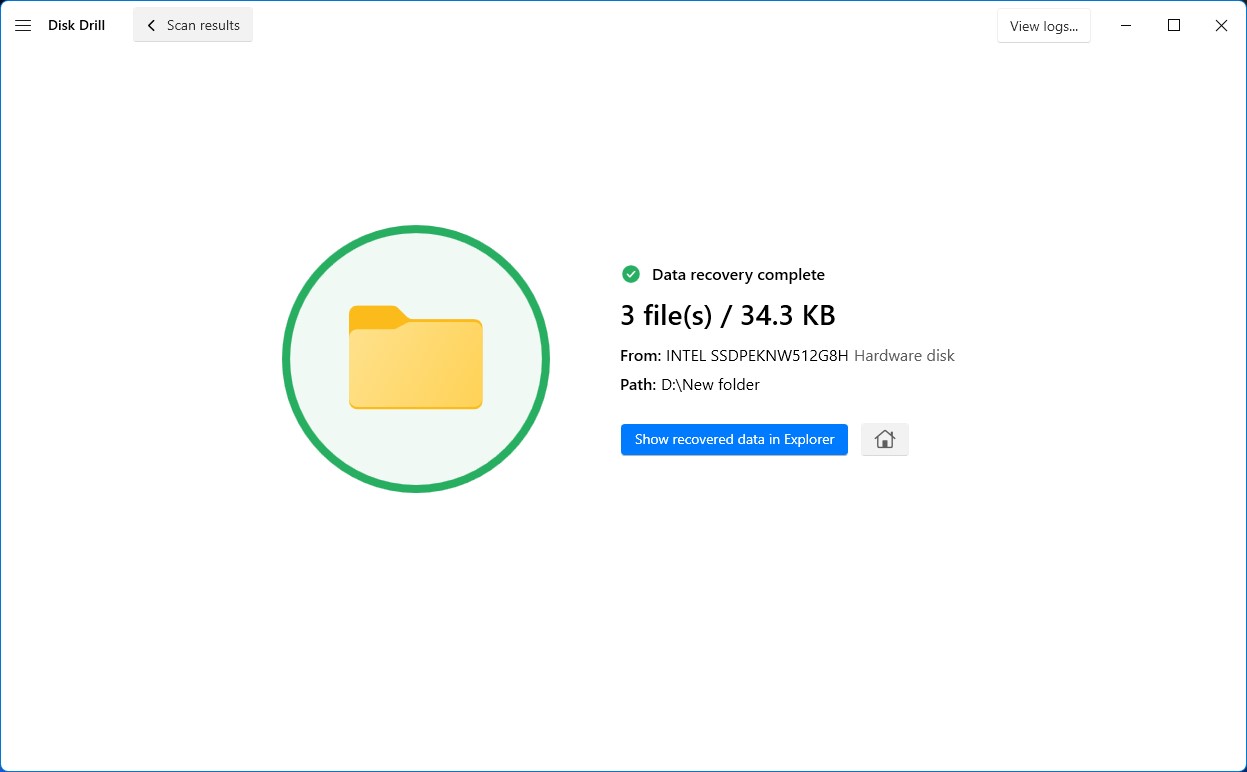
Conclusion
Windows updates are something that your computer will do for the life of the machine. Knowing how to find files after an update or knowing what to do if files have been lost on your machine will ensure that you don’t lose important information that you have been working on.




